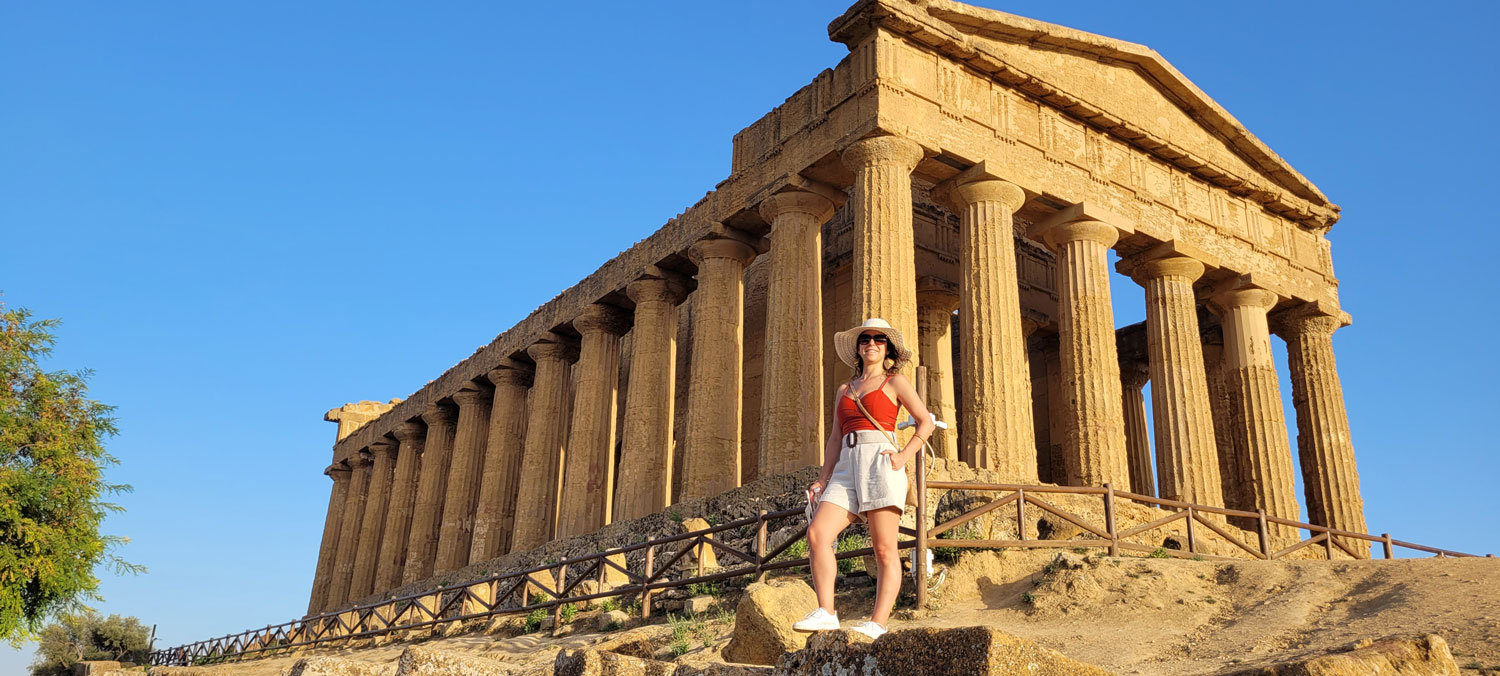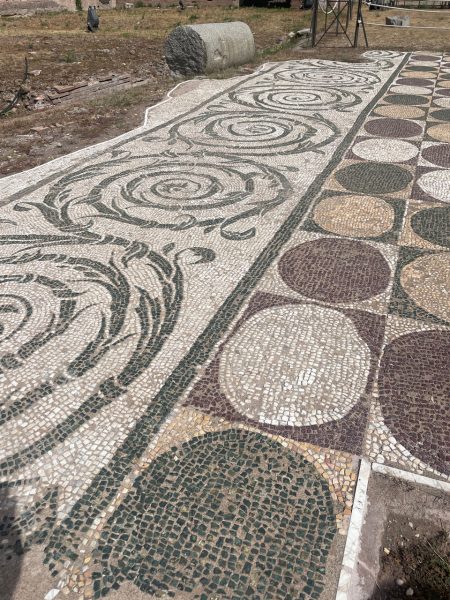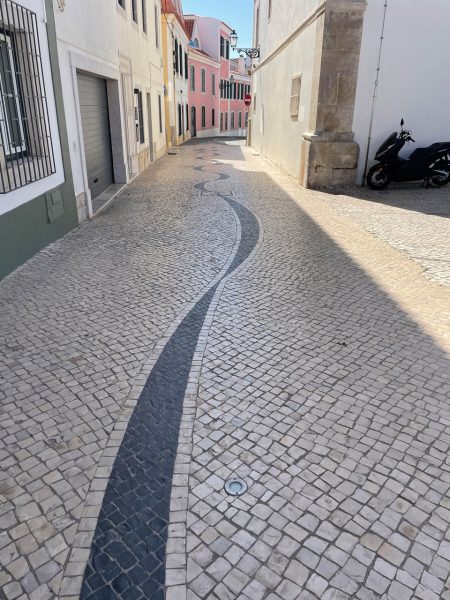Trip of a lifetime offers food, fun and design inspiration
Landscape Architect + Urban Designer Natalia Gonzalez recently returned from a remarkable holiday to Italy and Portugal, the highlights from which have left the Jensen PLUS team green with envy!
Natalia, who originally hails from Brazil, planned her European adventure with family in mind as they celebrated the 40th wedding anniversary of her parents-in-law.
“Despite being Brazilian, my partner’s family has an Italian background, which influenced the choice of holiday destination,” says Natalia.
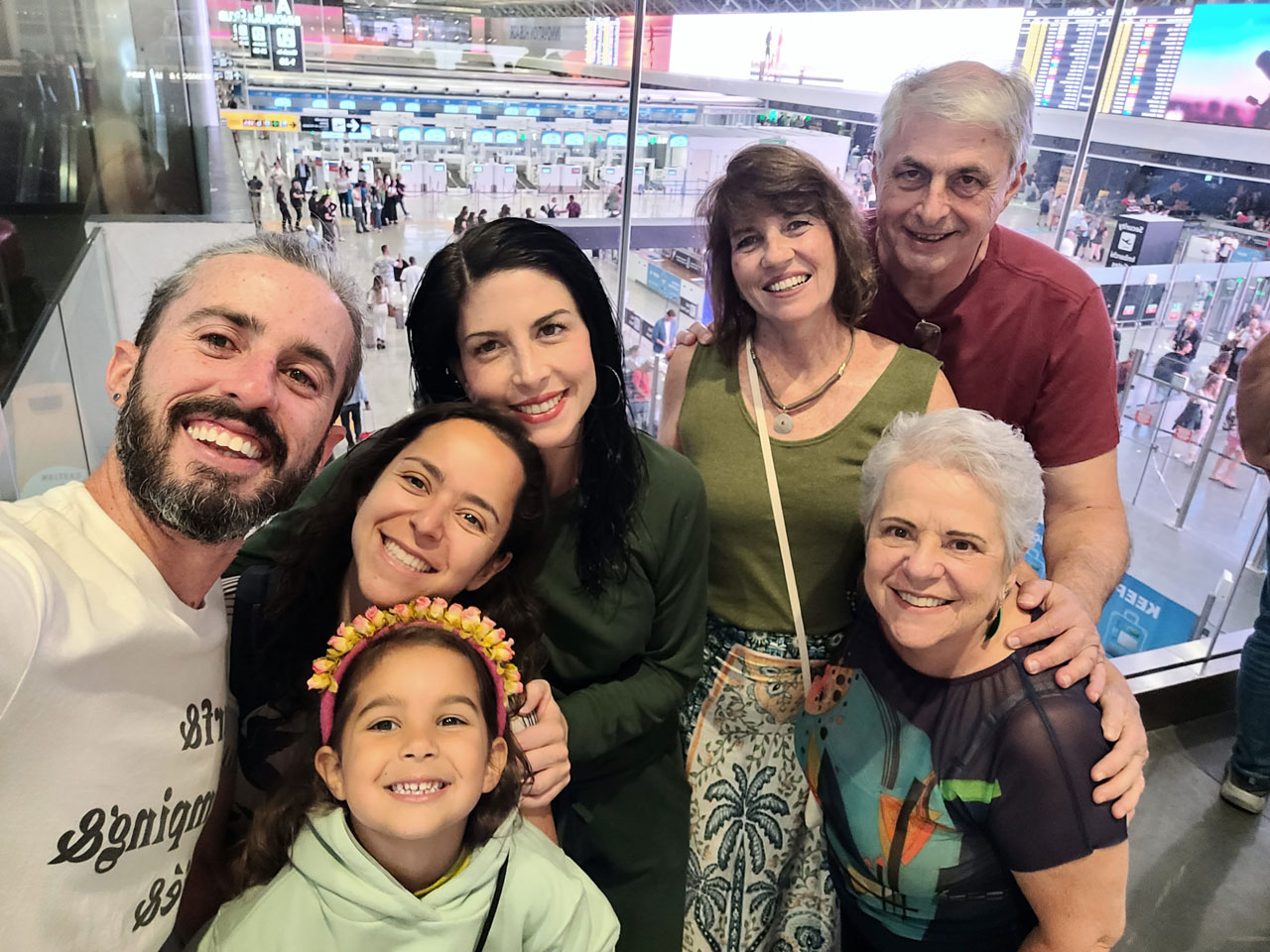
Natalia’s travel group comprised of seven people, aged from four to 74 years, with a variety of interests and must-see destinations.
“Our itinerary was vast and combined historic temples with paradisiacal beaches — and lots of gelatos!”
First stop, Italy
“We very much enjoyed Italy’s rich combination of history, culture, cuisine and natural beauty that makes it unique.”
Meeting family in Rome, they spent four days exploring the fascinating ancient capital before venturing to Sicily.
“For two weeks we visited so many places and cities such as Palermo, Agrigento and Taormina, before spending a few days in Calabria and Campania visiting the archaeological cities of Paestum, Pompeii and Herculaneum.”
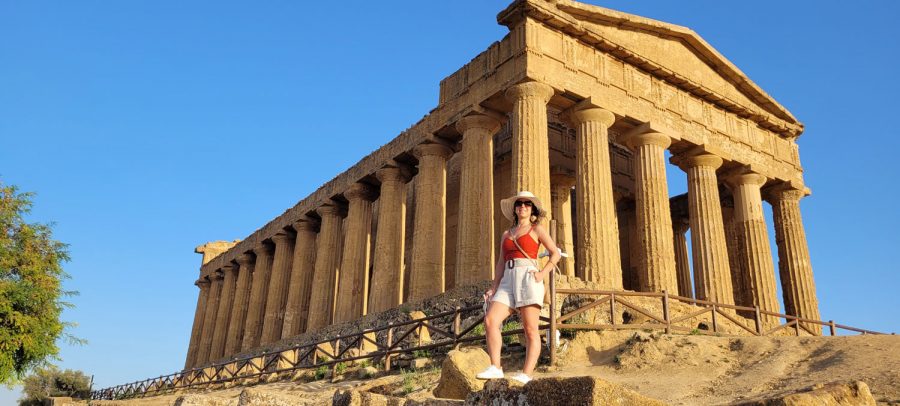
And then it was on to stunning Portugal where Natalia and her husband found more connection with their cultural roots.
“In Portugal, my husband and I met friends in Lisbon, Sintra and Cascais, where we connected with our native language and culture, which is very similar to our colonisers.”
Pedestrians and piazzas
While enjoying the sights, cuisine and culture, the destinations also provided Natalia with inspiration from an urban and landscape design perspective.
“I found that most historical cities have winding and narrow streets with restricted car movement, and as such are transformed into active pedestrianised streets.
“This promotes such a great visitor experience as locals and tourists alike enjoy the local shopping and outdoor dining.”
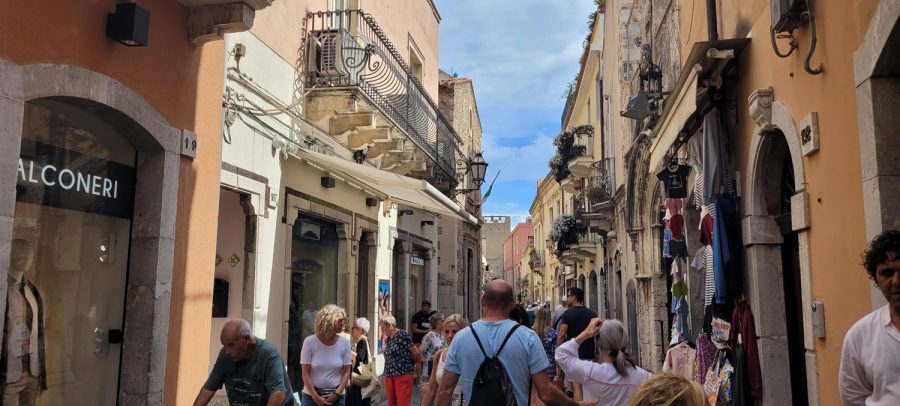
Though they aren’t designed as formal pedestrian precincts as would be more commonly found in Australia, I still see some key attributes that are important to successful shopping precincts, such as proximity to tourist destinations and active shop fronts with high pedestrian traffic.”
High density living
Natalia says she is impressed by the high density of cities as it contrasts greatly with Australian capitals.
“Despite some setbacks, such as reduced open space for greening, the compacted planning led to a more mixed use of land, with active frontages that create more vitality, diversity and community engagement.”
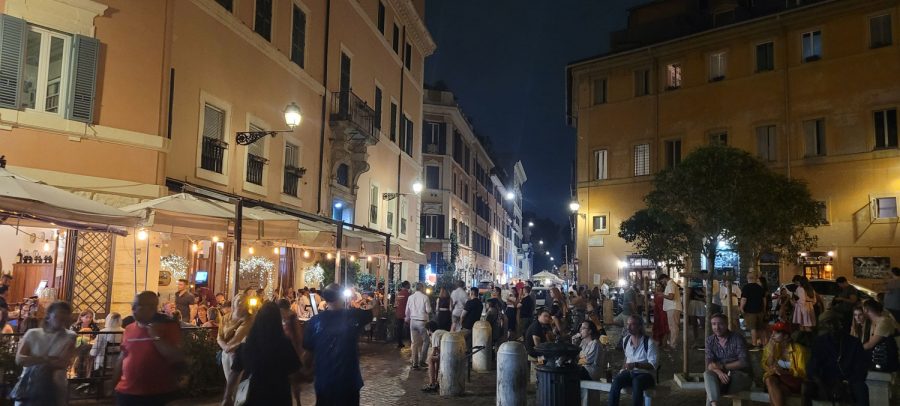
But high density demands reliable and efficient transport options.
“Both Rome and Lisbon offer excellent mass transport options (train and tram), making residents and visitors less dependent on cars.”
A glimpse back in time
Wandering through ancient cities of Pompeii and Herculaneum was a definite highlight for Natalia.
“Frozen in time by the eruption of Mount Vesuvius in 79AD, these cities have been gradually unearthed since the 18th century, revealing a fascinating display of Roman urban design that uses the traditional grid pattern for planning,” says Natalia.
“Narrow residential streets are lined with two-story buildings and though a lack of front garden area, most houses boasted lush internal courtyards, underlining the Romans’ commitment to integrating greenery into their living spaces.”
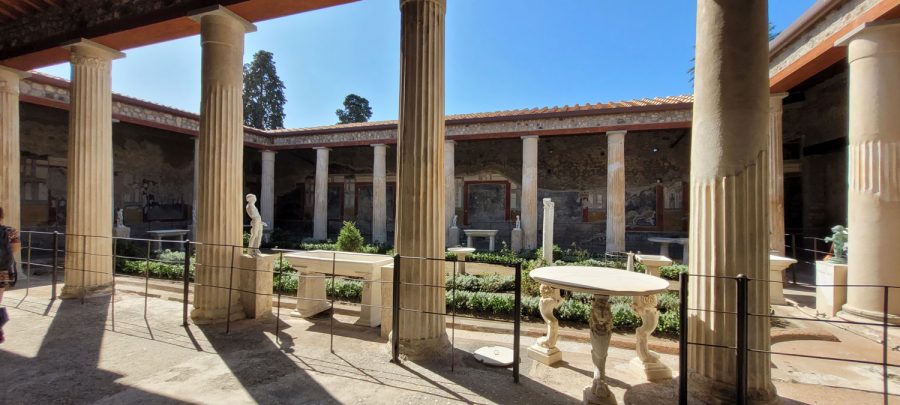
Impressively preserved by the volcanic lava, Natalia says the beautifully painted facades and walls are still evident and differ from most modern monochromatic houses and streetscapes.
“Blocks were relatively short in length, creating a network of intersections that naturally lead toward the bustling heart of the city — the Forum.
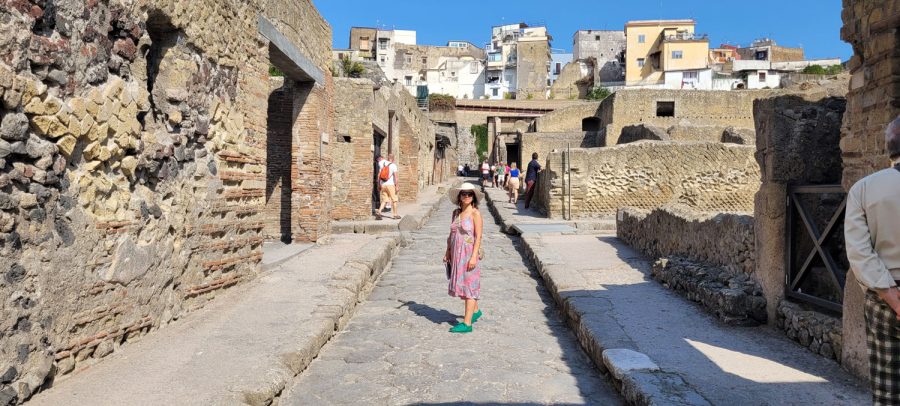
“The large rectangular piazza, perfectly oriented north-south, is the city’s social, political and cultural centre and played a key role in creating a communal focal point and place to meet.”
Natalia says she was also fascinated by the best-preserved ancient Greek temples in the world in Paestum, built in the Doric order around 460–450BC.
“A display of Greek classical architecture and engineering that continues to inspire with its symmetrical and aesthetically pleasing designs.”
Paving a journey through design
“Mosaic pavers with different stone colours were also inspiring, reminding me of the multiple possibilities that a paver design can have, guiding the pedestrian walk on a journey of beauty.”
Natalia reflects on the Portuguese cobblestones in Lisbon — a mosaic pavement built with limestone cubes.
“These are found everywhere and constitute one of the most significant representations of Portuguese culture.
“It also reminds me of my city, Rio de Janeiro, where the same technique is widely used, the famous Copacabana beach being one such example.”
Whimsy and wonder
Finally, the enchanting Sintra’s castles in Portugal evoked a sense of fairytale wonder for Natalia.
“The Pena Palace, my favourite, is a whimsical and eclectic masterpiece that showcases vibrant colours and eclectic architectural styles that blend elements of Moorish, Gothic and Renaissance design.
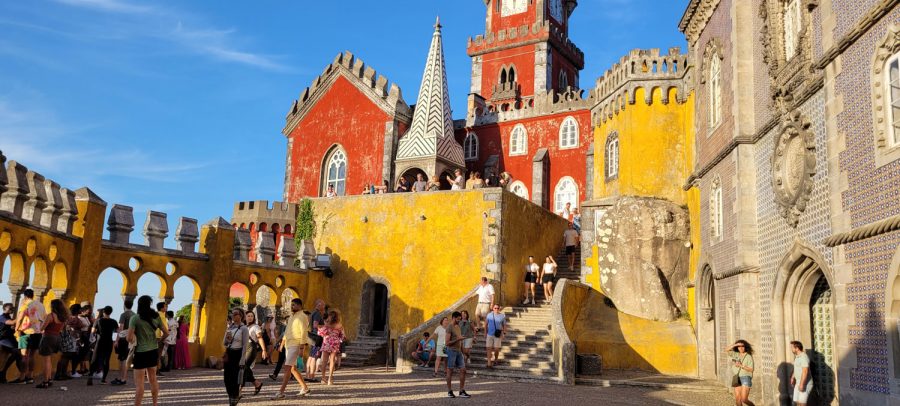
“Sintra’s castles are enhanced by the preserved landscape background of lush forests and rolling hills — an example of a harmonious blend of natural beauty and historical architecture.”
Food, glorious food!
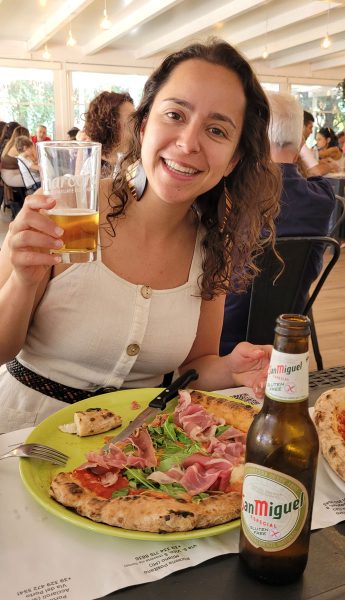
What is a European adventure without indulging in culinary delights?
“The food was no doubt one of the highlights,” Natalia shares.
“I have gluten and dairy intolerance and I was concerned about how I would appreciate Italian and Portuguese food.
“But to my surprise, there were plenty of options and if there wasn’t, everyone was only too keen to accommodate my needs. And I have to say, I had the best pasta, pizza and seafood of my life on this trip!”
We’re thrilled to have Natalia back and it has been inspiring hearing about and learning from her observations in Italy and Portugal.
And it has also inspired a few others to start researching international destinations for their next holiday!
